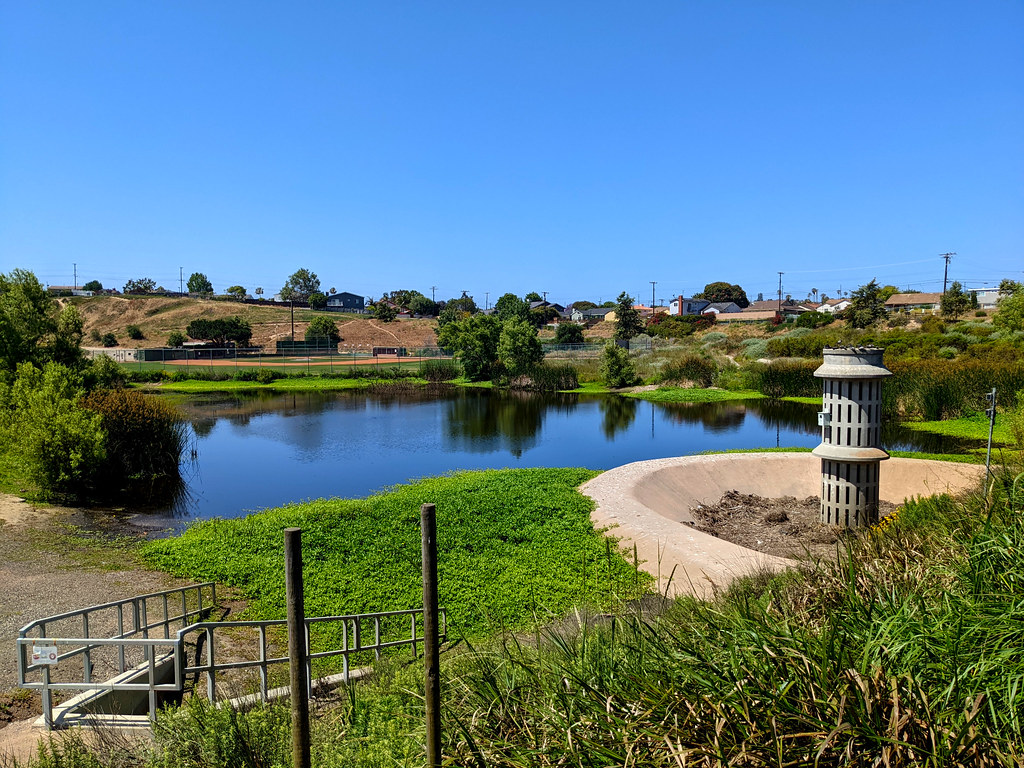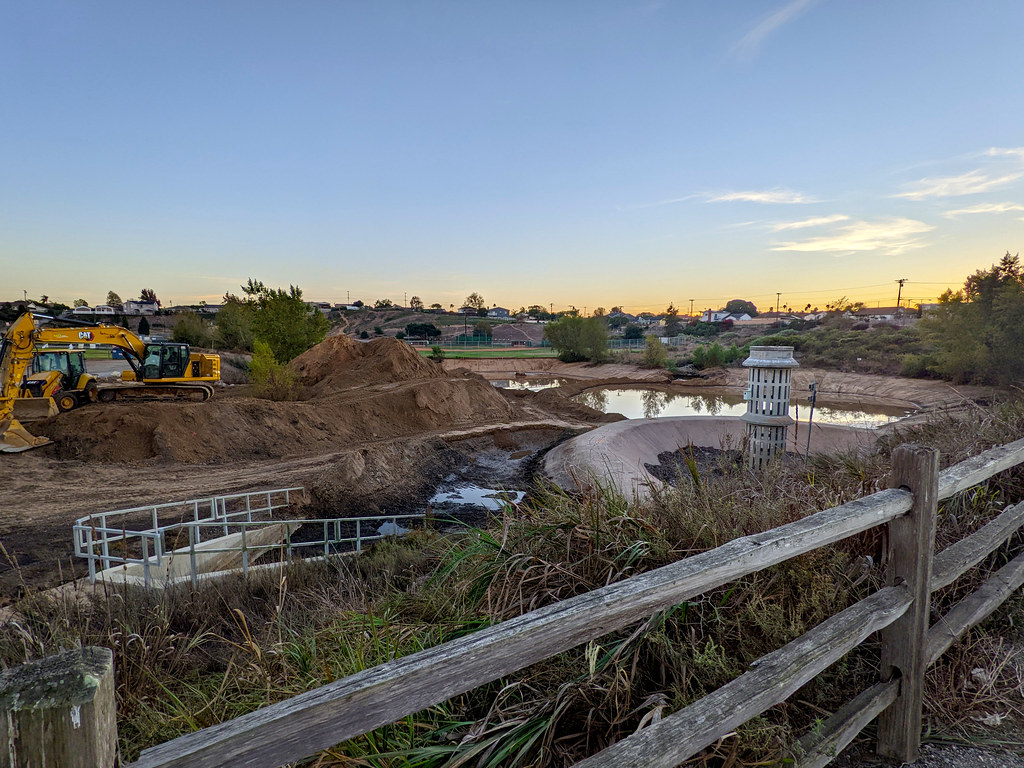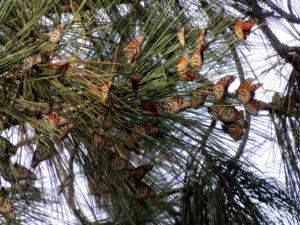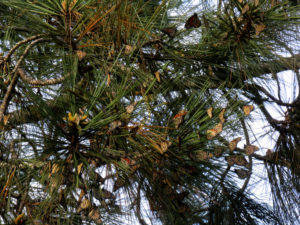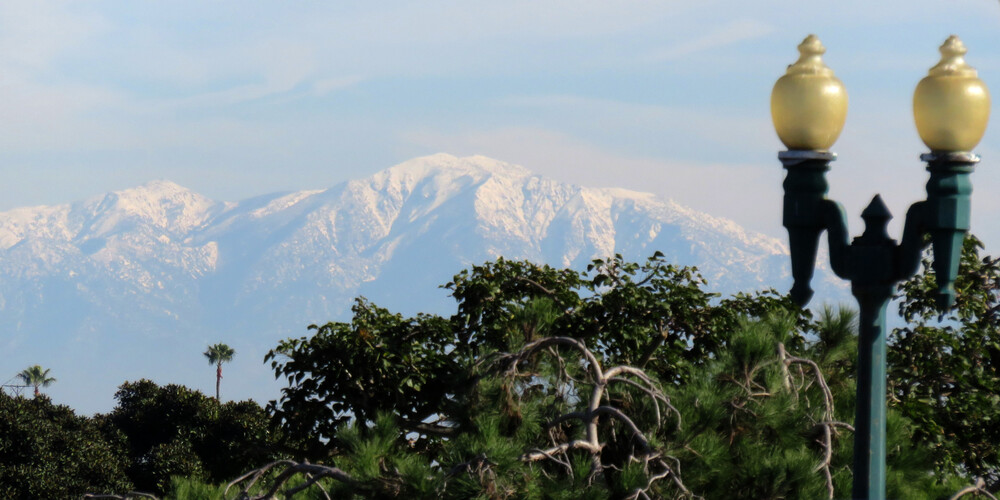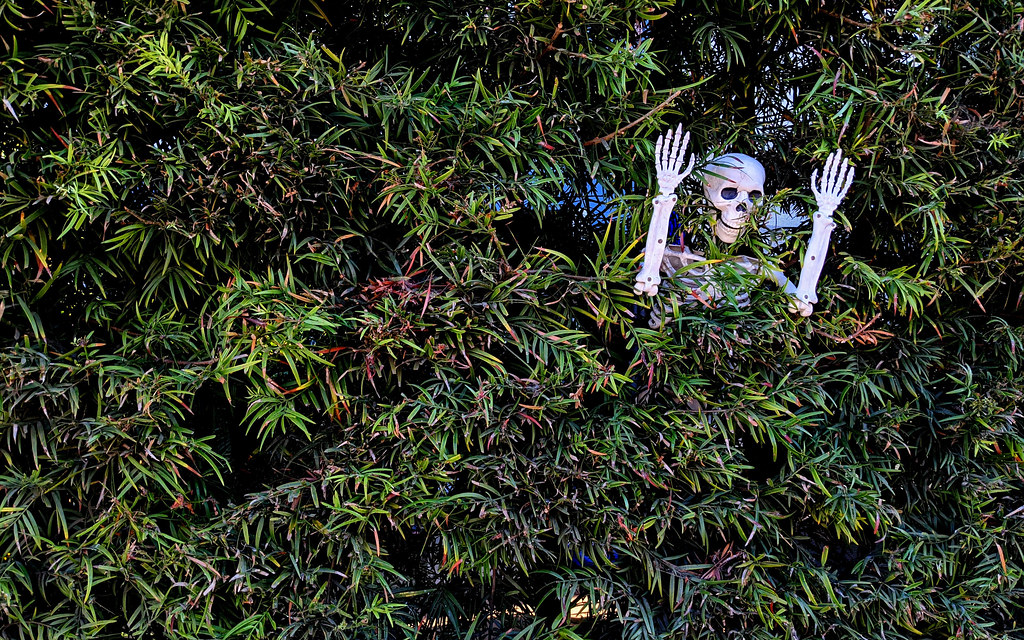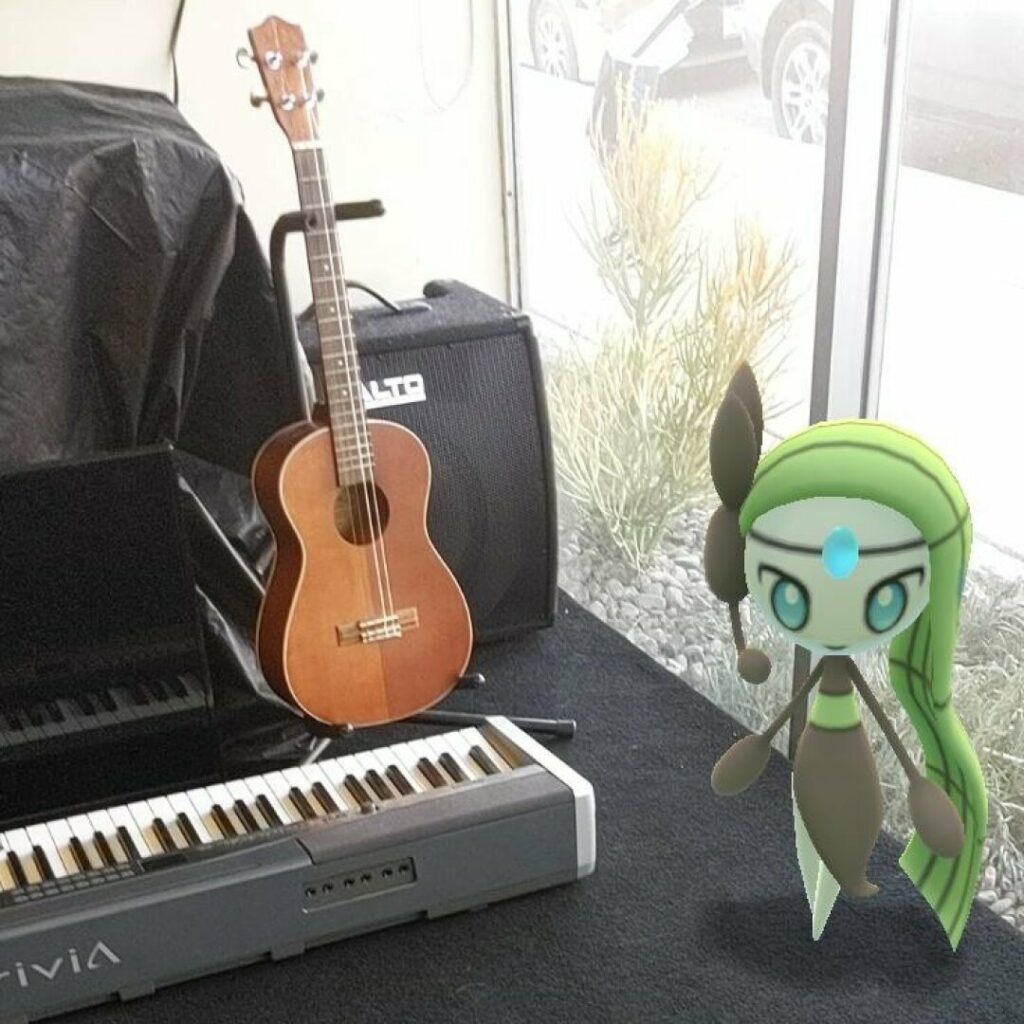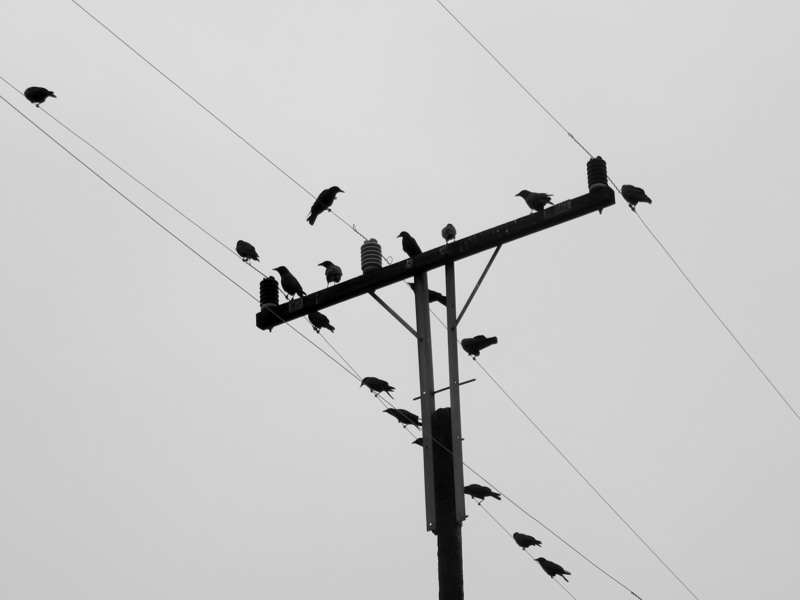The flood control basin has been partly restored for stormwater infiltration and as habitat for native plants and migrating waterfowl, bounded by a city park on one side, baseball fields on the other, and hills all around. The city is currently expanding the basin while the water level is low.
Category: Photos
Halloween, the TL;DR Edition
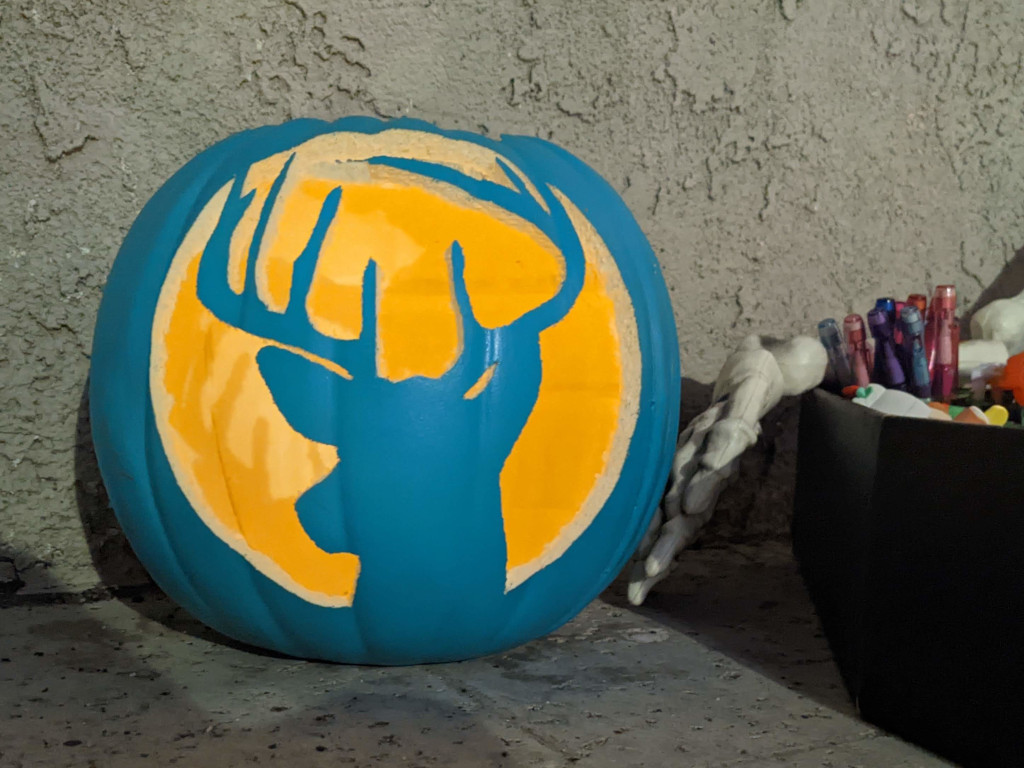
Oddly quiet night here. Big change from last year when everyone seemed to be going all-out because they finally felt like they could.
Monarchs!
From this afternoon’s walk along the greenbelt: About as many monarch butterflies in one photo than I’ve seen in the last few years!
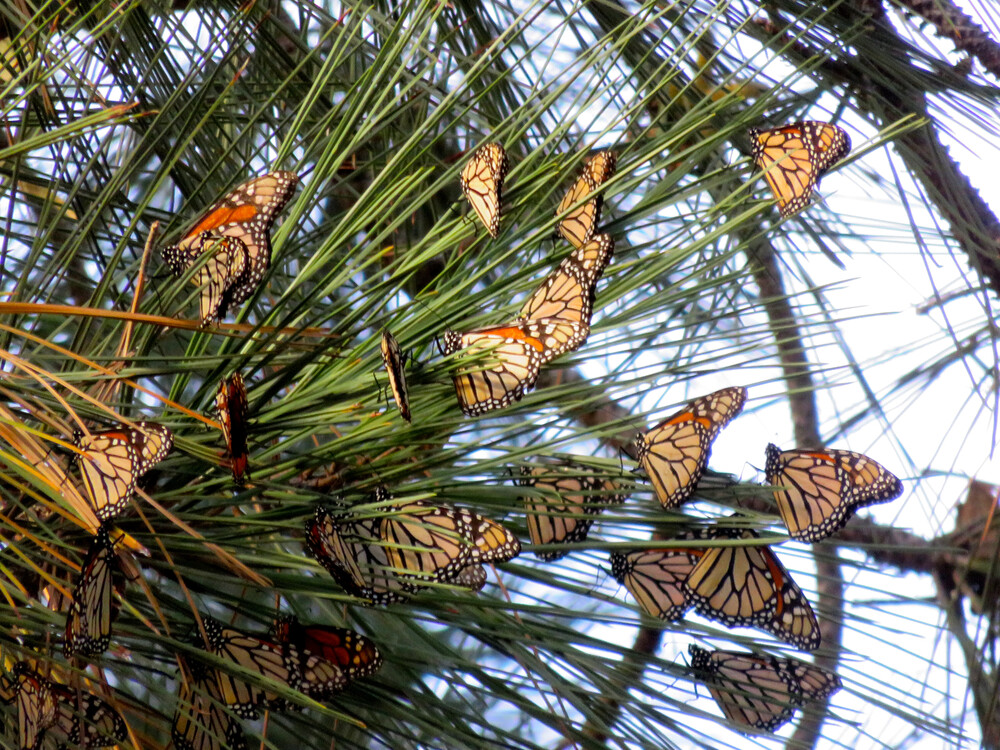
There were a whole bunch of them clustered on a pine branch above the path. I wouldn’t have even seen them, but other people out walking had stopped to check them out.
I was just reading that this year’s overwintering monarch count is up to over 200,000 – a huge improvement over last year’s count of, I kid you not, 1,914. Though still not up to the millions that were regularly seen as recently as the 1990s. That article lists ways you can help the iconic species rebound, or you can follow the Xerces Society’s Monarch Call to Action.
Far Snows
We actually got quite a bit of rain (for Southern California, anyway) in December, and the mountains have stayed cold enough that the snow has stuck around for a few weeks!
Here’s a view of the San Gabriels in mid-December, after a big storm.
And here’s a comparable view a week into January.
Nowhere near as impressive as, say, the entire range being covered in 2008, but that’s a rare occurrence even in non-drought years…and we’ve had mostly warmer and drier years since then.
Oh, Hi There!
Meloetta is Ready for Rehearsal
Hungry Hawk
As soon as I stepped out the door for a walk this morning, I heard a lot of crows making a huge racket down the street. They were perched on a telephone pole, flying up and swooping around like they were trying to scare off a hawk.
Of course I walked toward them to see what was going on.
By the time I reached the end of the block, the crows had given up and flown off. But I noticed people were out in their front yards looking up at a tree. It turns out the crows had been trying to scare off a hawk that had killed a pigeon and settled into the tree to eat it. At first I could only see the occasional feather raining down, until I moved to where I could see through a gap in the branches. Continue reading
